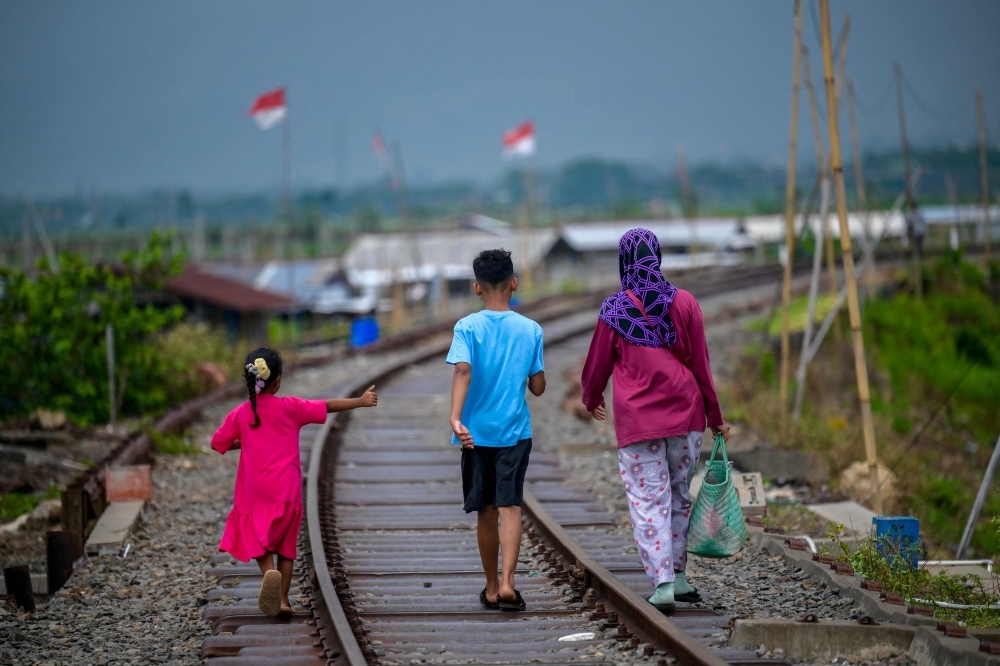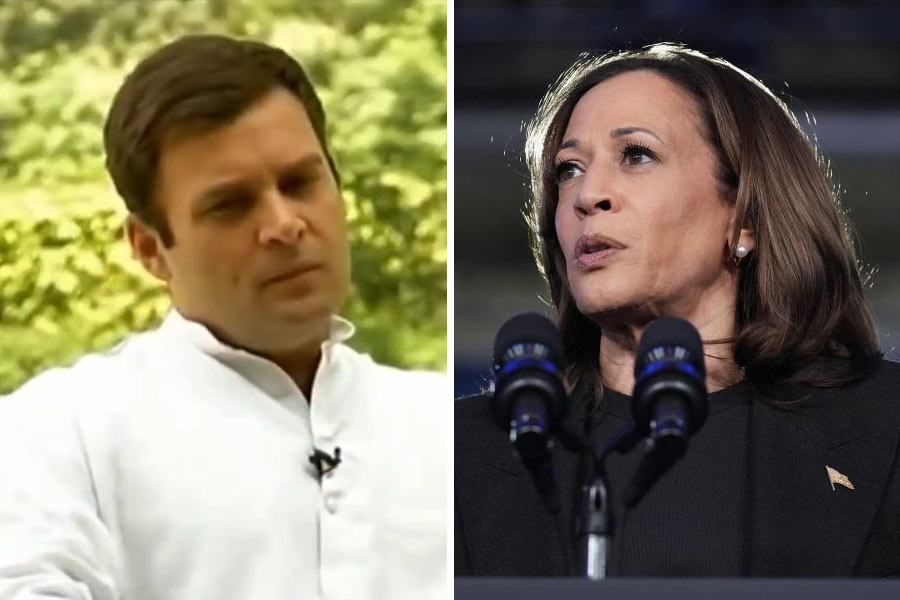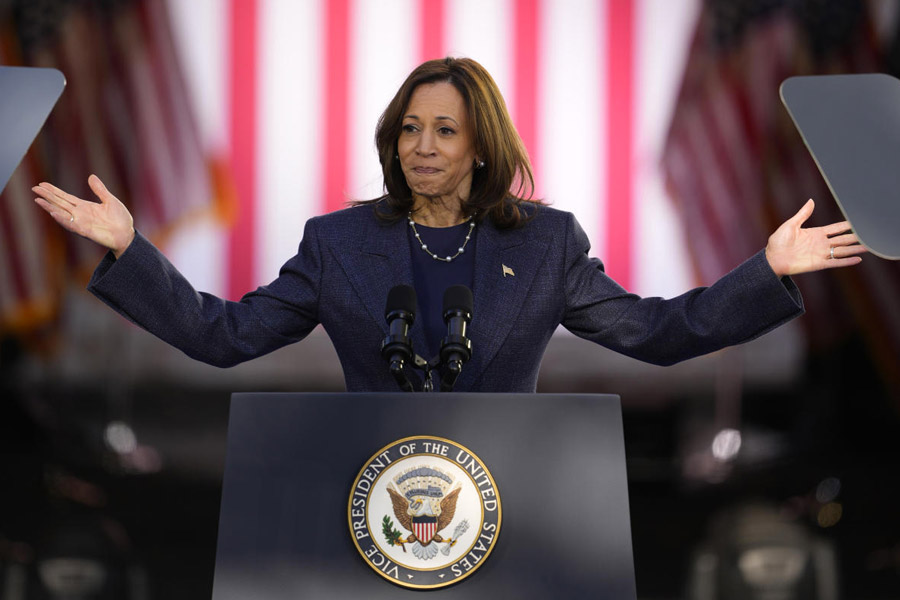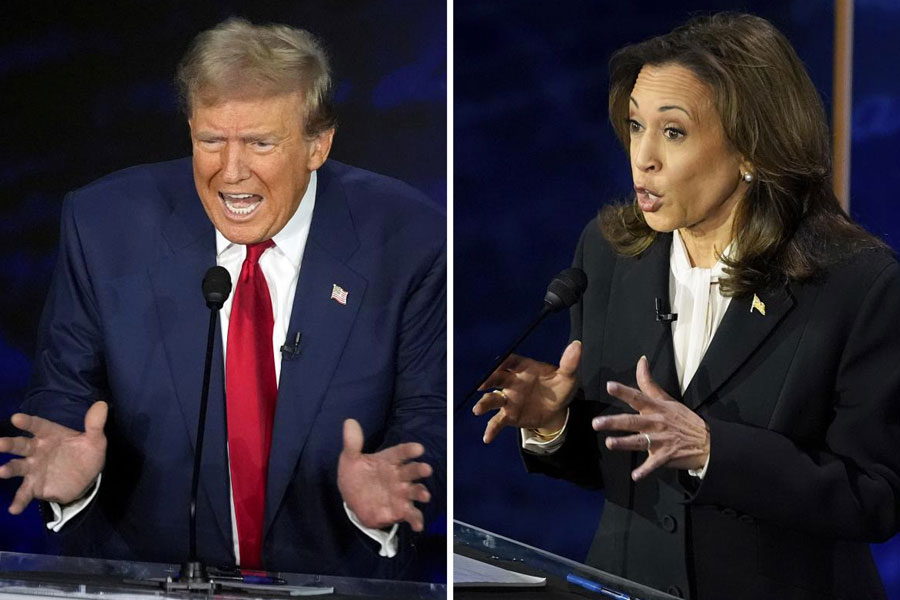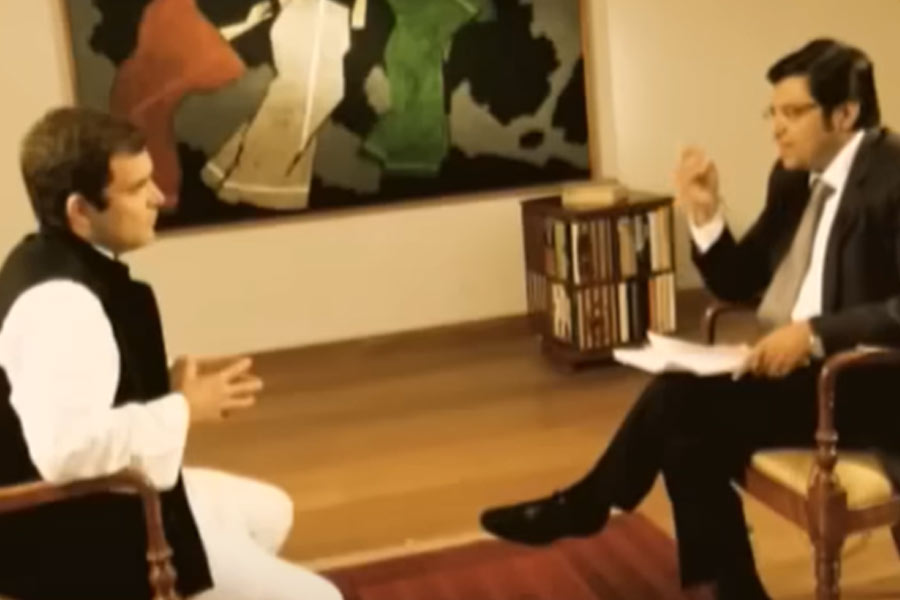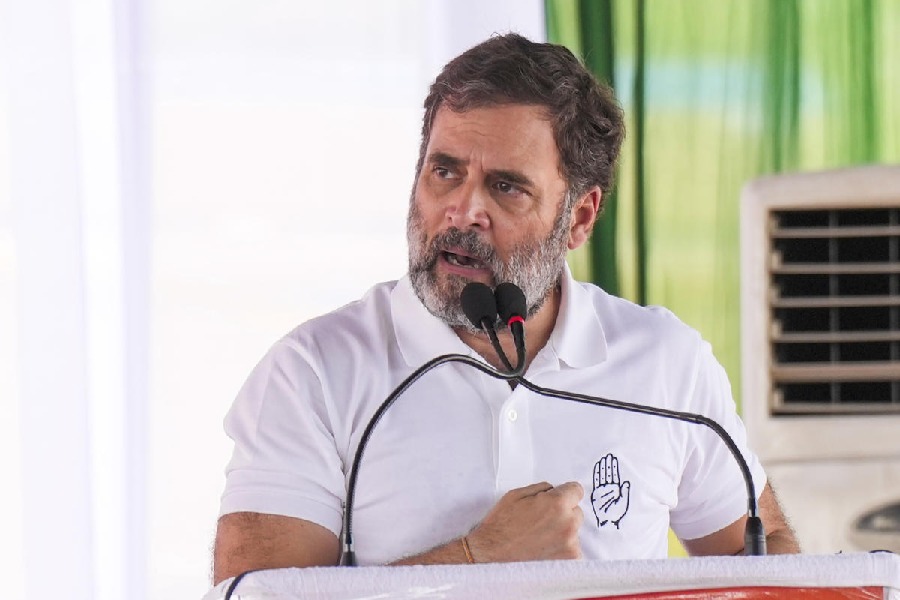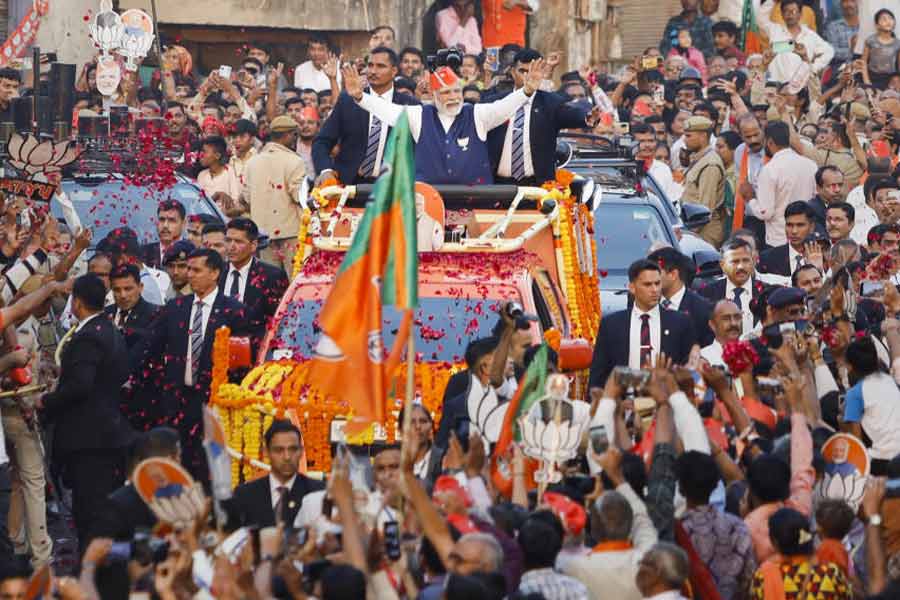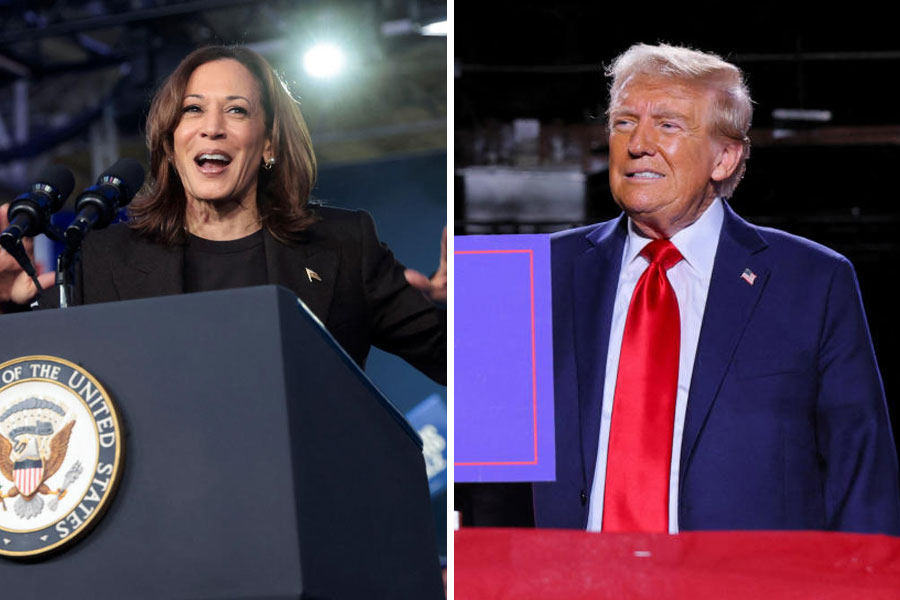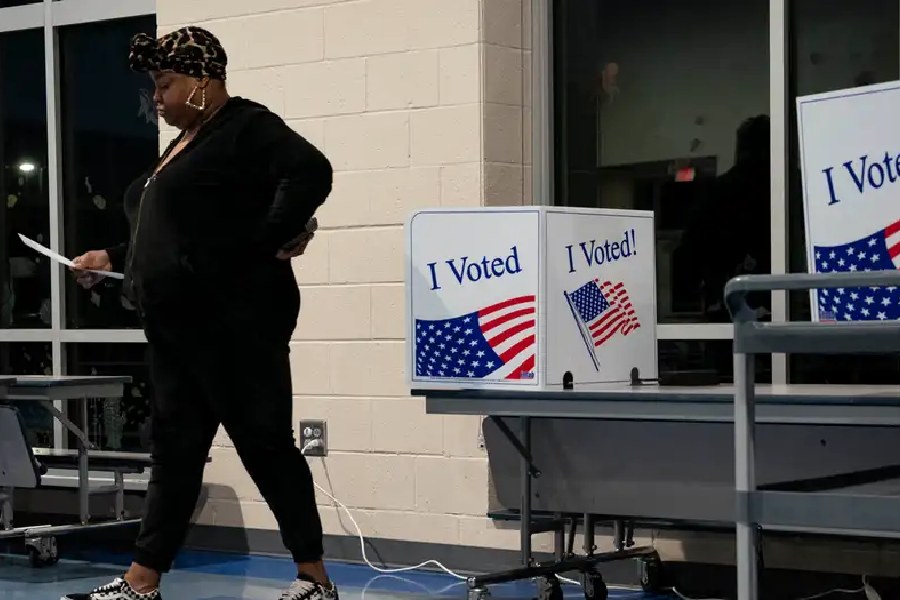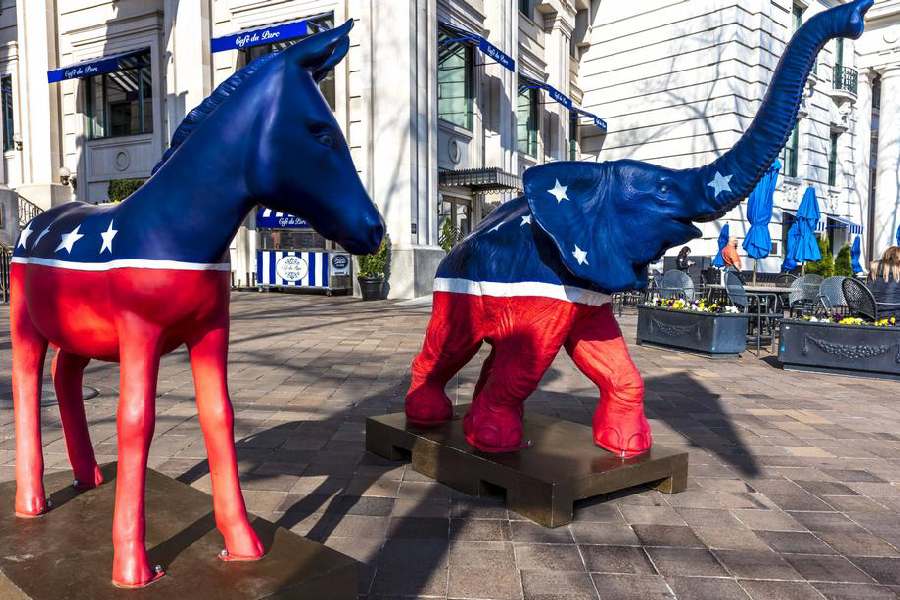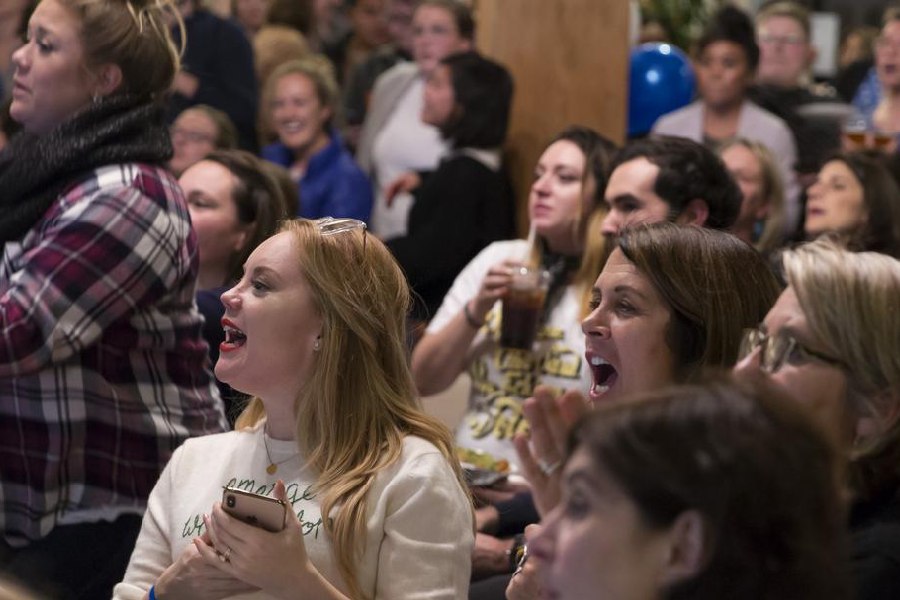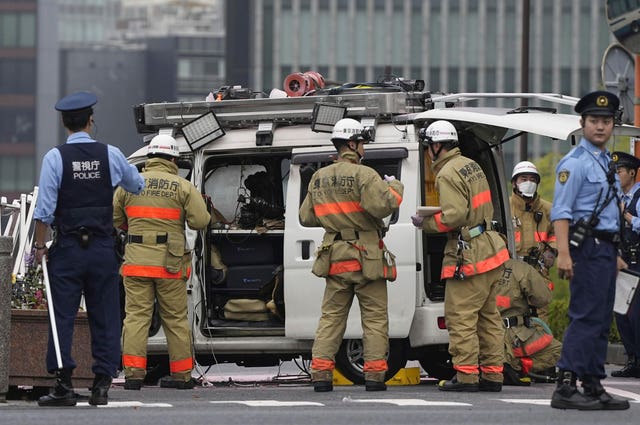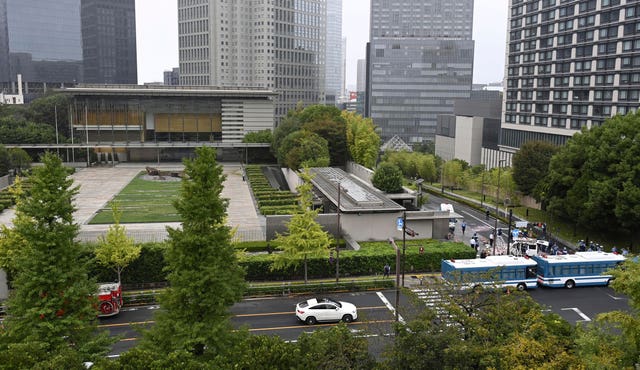by Stefano Caprio
In 1846 Nicholas I went privately to Rome to see Pope Gregory XVI to beg him not to give in to the liberal and republican temptations that were also taking hold in the Holy City. And the desire to ‘defend the values’ of Christian Europe led him to the Crimean War. Today, on the contrary, Pope Francis with the ‘humanitarian diplomacy’ mission of Card. Zuppi to Moscow sees the world's crisis in the light of the Gospel.

There is a term used in some circumstances in the recent past by politicians and scholars, which is returning more and more often in the contemporary debate: the ‘polycrisis’, which indicates the multiplicity of crises of wars, climate change, pandemics, nuclear threats, migratory flows and much more, in a connected and global declination.
In 2022, the Financial Times awarded polycrisis the title of ‘word of the year’, summarising the interpretation of various specialists in the meaning of ‘complex mutual relationship of world problems, antagonisms and crises’.
Adam Tooze, a historian at Columbia University, defined polycrisis in an even more extended mode during the Covid-19 pandemic, as a ‘collective feeling of bewilderment’ that stems from the realisation that global phenomena directly and immediately affect everyone's personal life.
Local or regional crises and conflicts have always recurred in large numbers, and have never disappeared even when it seemed we were living in a stable and peaceful world, but the globalisation of recent decades has linked and intertwined them to such an extent that the overall effect has increased more and more.
One of the first to use the term polycrisis was former European Commission President Jean-Claude Juncker, who in 2016 believed that Europe was being disrupted by the migration crisis caused by the civil war in Syria, combined with Greece's economic collapse, the annexation of Crimea by Russia and Brexit.
The feeling of global crisis largely stemmed from the collapse of the US stock markets in 2008-2009, spreading anxiety about a flawed and contradictory globalisation, far different from the ideal world of the ‘end of history’ that was thought to have been achieved.
It was at this juncture that Russia, which now seemed to have been reduced to a marginal role in world balances, came into play by invading Georgia in 2008. This, too, appeared to be a peripheral operation of little importance on the continental level, while Europe is now beset mainly by Russia's conflicts in Ukraine, the Caucasus, with considerable tensions in the Baltic States and Moldova.
The now imminent elections in Tbilisi and Chişinău, the impossibility of definitively resolving the conflict between Armenia and Azerbaijan, the nuclear threats of the Kremlin and its Belarusian subject Aleksandr Lukašenko, this and much more make Russia the main source of polycrisis bewilderment. Putin's aggressive policy affects all economic, social, ecological, political and cultural factors that make it increasingly difficult to understand the future of peoples, institutions and people in Europe, Asia and the world.
The invasion of Ukraine has re-militarised the economy of many Western countries, as well as those in the former Soviet area. The military expenditure of European countries has increased by 62 per cent since 2014, as Meduza's Signal column points out, from EUR 330 billion to EUR 552 billion.
Before the Putin war, one of the biggest tension factors came from then-US President Donald Trump's warnings to the Europeans about their low contribution to NATO spending, threatening to cut American subsidies; and Trump may soon be back in the White House in a scenario that makes NATO increasingly decisive for the future of the entire West.
In addition to arms issues, Russia's annexation of Crimea and the start of the hybrid war in Ukraine in 2014 have effectively undermined confidence in the effectiveness of the rules of international law and the institutions delegated to enforce them such as the UN, whose credibility is now at an all-time low since its founding, not least because of the issues surrounding the other war between Israel and Gaza.
Russia's blockade of the Black Sea in 2022 has caused peaks of famine and hunger in the global South, Ukraine being one of the world leaders in the grain trade, covering about 10% of the grain market.
The war in Ukraine has opened the largest internal migration crisis in Europe since World War II, with hundreds of thousands of Ukrainians fleeing the war, but also waves of Russians who do not want to take part. In fact, there are 6.5 million Ukrainians and more than one million Russians who have remained outside their homeland.
The Russian aggression of Ukraine also affects the climate crisis; the destruction of the Kakhovsk hydroelectric power plant in the summer of 2023 destroyed the entire ecosystem of the region, so much so that many have used the term ‘ecocide’, which was invented in the 1970s to describe the devastation of tropical forests in Vietnam by the US military, to describe it.
People and cities, reservoirs and agricultural fields, animals and plants suffer from the war. Russia, after all, is an anti-leader in the rankings of caring for the environment even outside of war actions: in third place for failure to recycle plastic, fourth for carbon dioxide emissions into the atmosphere, third for oil production volumes.
Russia's failure to contribute, which has even kicked out Greenpeace and outlawed almost all the environmentalist associations, makes it very difficult to tackle the problems of the climate crisis, which will be discussed in a few days at the Cop29 in Baku, hoping that the friendship with the Azerbaijanis will provoke some pangs of conscience in the Russians.
The impression is that the polycrisis is not just a transient phase linked to wars, and when the conflicts are resolved (an outcome that is far from being realised) we can finally return to normal.
For many observers, however, we are only at the beginning of an increasingly complex and widespread crisis, which by the end of the 1920s will show an extremely dangerous and inextricable panorama.
Some believe that the polycrisis is not a random phenomenon, but the result of the strategy of certain world power centres, but it is well known that abstract and conspiracy theories serve more as a means for the guilty to escape their responsibilities, a propaganda operation in which the Russians are masters.
Many blame globalising turbo-capitalism, described as a snake biting its own tail, which instead of universal prosperity results in progressive destruction on a planetary level. We would be moving towards the erasure of the human, and its replacement by the yet-to-be-defined post-human virtual reality; the Russians' insistence on “traditional moral values” mirrors “artificial digital values”, showing the inconsistency of one and the other in a “polycritical” worldview.
When the difficult condition of global relations began to be described, half a century ago, the earth's population was less than half of today's, and the new generations will have to bear the burden of a mass of people increasingly unable to cope with the future, in addition to the desertification of many territories and the sinking of others.
Some historians refer the first sensation of polycrisis to the ‘bourgeois revolution’ of the mid-19th century, when terror spread over the political and social changes that would upset the world, still structured on great empires and absolute powers.
The emperor of Russia, Nicholas I, was so frightened by this that he set out to defend all European autocracies, including those with which he was in conflict such as the Ottomans, to the extent that he was called the ‘gendarme of Europe’.
In May 1846, taking advantage of a curative stay of his wife in Sicily, he went privately to Rome to see Pope Gregory XVI, by then at the end of his pontificate, to beg him not to give in to the liberal and republican temptations that were also taking hold in the Holy City.
Russia then tried to affirm its desire to ‘defend the values’ of Christian Europe with the Crimean War of 1853-1856, which caused its isolation and resentment towards the western empires that did not want to join it in the conquest of Turkey and the Middle East as far as the Holy Land, in an anticipation of what is being repeated today in the same territories, between the Crimea and the Black Sea, and with the same motivations.
If then the Tsar had gone to the Pope, today Pope Francis seeks to address Tsar Putin, with the ‘humanitarian diplomacy’ mission of Cardinal Matteo Maria Zuppi, who in recent days has met Russian Foreign Minister Sergei Lavrov in Moscow.
The Holy See does not aspire to become the ‘first mediator’ in world military and political negotiations, and it is not just a matter of helping deported children or tortured prisoners: the Church sees the world's crisis in the light of the Gospel, which prepares one to face ‘wars and devastation’ by exhorting one not to lose faith in the salvation of the world, through participation in Christ's sacrifice.
Making peace and helping the needy are signs of caring for all humanity, which always needs to build a new world.
RUSSIAN WORLD IS THE ASIANEWS NEWSLETTER DEDICATED TO RUSSIA. WOULD YOU LIKE TO RECEIVE IT EVERY SATURDAY? TO SUBSCRIBE, CLICK HERE.


